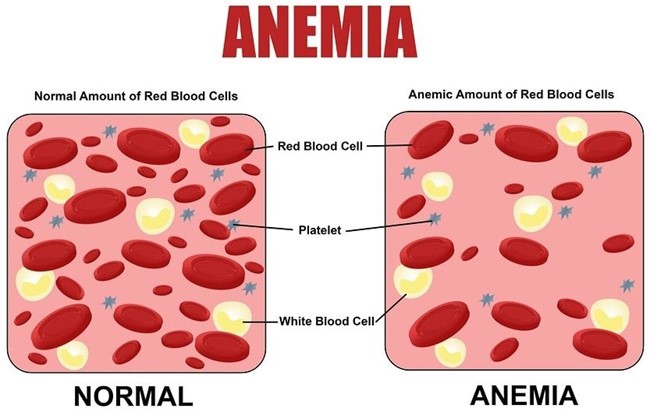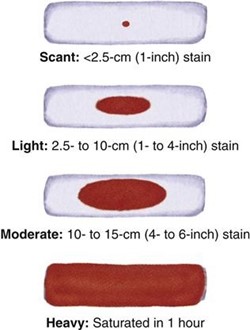During a well-baby clinic visit, a mother tells the practical nurse (PN) that her 12-month-old infant is not yet eating solid foods and drinks whole milk from a bottle. Based on these assessment findings, this infant is at the greatest risk for developing which condition?
Allergies related to whole milk.
Anemia due to lack of iron.
Obesity due to increased calorie count.
Lactose intolerance due to whole milk.
The Correct Answer is B
Based on the assessment findings, the infant is at the greatest risk for developing anemia due to a lack of iron. Infants should begin eating solid foods that are rich in iron at around 6 months of age to ensure they are getting enough of this important nutrient. Drinking whole milk from a bottle can displace other foods that are rich in iron and contribute to the development of anemia.
Option A, allergies related to whole milk, is a possibility but not the greatest risk in this situation.
Option C, obesity due to increased calorie count, is also a possibility but not the greatest risk.
Option D, lactose intolerance due to whole milk, is a possibility but not the greatest risk in this situation.

Nursing Test Bank
Naxlex Comprehensive Predictor Exams
Related Questions
Correct Answer is D
Explanation
The most important action for the PN to implement is to **assess the vital signs**. Saturation of a peripad within 15 minutes to 1 hour after delivery must be promptly reported. Data such as the amount of bleeding, the condition of the uterus, checking the maternal vital signs, and observing for signs of shock would play a vital role in the care of the patient with hemorrhage¹. Early recognition and treatment of PPH are critical to care management.

Correct Answer is A
Explanation
The primary goal of treatment for a child with a developmental disability is to help the child reach their full potential, despite their disability. This involves identifying and addressing any barriers to the child's development and providing them with the necessary support and interventions to promote their growth and development. It is important to focus on the child's abilities and strengths rather than their limitations.
Option B is incorrect as it focuses on rehabilitation, which is not the primary goal of treatment for a child with a developmental disability.
Option C is incorrect as it refers to preventing further disability, which may not always be possible depending on the cause of the disability.
Option D is incorrect as it focuses on social acceptability, which is not the primary goal of treatment for a child with a developmental disability.

Whether you are a student looking to ace your exams or a practicing nurse seeking to enhance your expertise , our nursing education contents will empower you with the confidence and competence to make a difference in the lives of patients and become a respected leader in the healthcare field.
Visit Naxlex, invest in your future and unlock endless possibilities with our unparalleled nursing education contents today
Report Wrong Answer on the Current Question
Do you disagree with the answer? If yes, what is your expected answer? Explain.
Kindly be descriptive with the issue you are facing.
